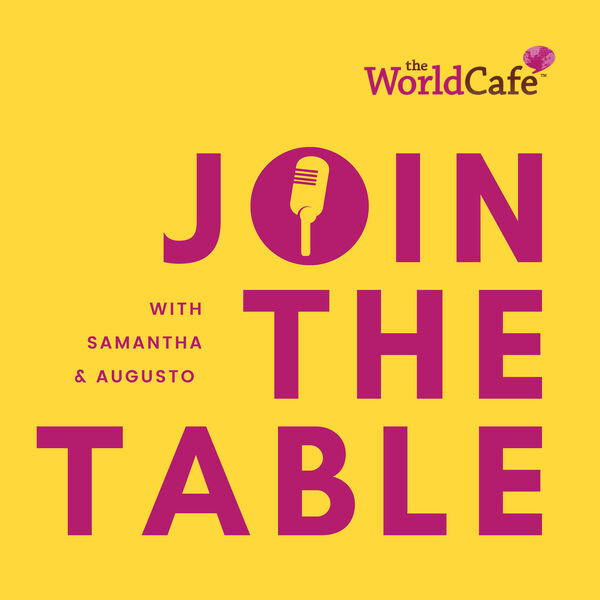In the conference’s last session, Peter Senge’s keynote Collaboration: The Human Face of Systems Thinking, the founding chair of SoL (Society for Organizational Learning) answers the question of how this conference grew into being. After some reflection he says that on some level it is mysterious, how events like this conference come into being – the webs of connection and collaboration that just “happen”.
Peter refered to the cultural myth of being lost until a charismatic leader appears – and says that few of us actually know the meaning of the word charisma – ‘charism’ is a noun that has its roots in the church and means your gifts; so to be charismatic is to bring your gifts into the world.
Great leaders come in all shapes and sizes, some are quite eloquent, and there are others whose focus is elsewhere. So, is it really about the individual? No, and Yes. You don’t become a charismatic leader until you have spent some time discovering your gifts – not necessarily your talents, but your gifts – gifts, so you get to give something away.
Webs of collaboration form around these charismatic leaders, who are just people out there doing what they do to share their gifts in the world, and sometimes, somehow, these webs align.
Reflecting on social networks, Peter shared a story about Dennis Sandow from Hewlett Packard who regularly connects with work colleagues through an initiative he calls ‘Day Care for Dennis’. Trying to understand how work really gets done, Dennis takes the opportunity to hang out with his co-workers for a day or so and really get to know and ‘see’ them – who their networks of support are, what their issues and working patterns are. That’s how he and his team can tell what’s really involved in producing the results of the work they do.
To give us an experiential sense of this, everyone in the audience got the chance to share a story with others at their table about something we’ve done lately that we’re proud of. Afterwards, Peter led us in a process where first we wrote down all the people who were important to this success. Then, we counted up three names from the bottom of our list and crossed the name off our list, then count up four, and cross them off. He stopped and asked us what came up as we crossed those two people off the list; what did it feel like, what did it lead us to notice, how would it have been different had those two people not been part of the team. Then we talked about what happened.
Here are some responses from my table and around the room:
- Without those people I wouldn’t have had the same inspiration or felt the same passion
- Without those two, it would have been a very different outcome
- Without one of them there would have been no purpose
- The person was key to the project
- I saw that the whole was greater than its parts
- I had an emotional relation to the first person, but in relation to the 2nd I was more aware of the practical aspects
- I was aware of how I did not acknowledge any of these people or share the celebration, even though they were all crucial to the project
- The system is self-healing, and without them others would fill in; it’s just our attachment to them that makes them seem crucial
- Just the act of writing down the names is powerful
- Sometimes I feel lonely in this work, and as I wrote down the names I realizes I don’t need to feel so lonely
- Some of us were happy to cross folks off the list
- I became aware of all those people sitting behind me
In reference to this last comment, Peter spoke about the variety of Native American tribes who all refer to the term “all my relations’. That’s why, he suggests, in circle work we always leave an empty chair for all those who couldn’t be here, but without whom we wouldn’t be here.
This begs the question of who depends on us, and who do we depend on? The very act of identifying the networks in which we live and work makes them stronger. We do a lot of stupid things in the world, Senge says, partly because we don’t even begin to see the systems of which we are part.
Collaboration across boundaries is equally important, but it’s not always so easy to see these collborations clearly. Over time, we can see that a lot of key networks are not visible because they cross boundaries, within companies (the silo effect) and organizations, and across them.
Get the System in the Room (Convening)
Heating and air conditioning systems cause a huge percentage of global greenhouse gasses, and there are more toxins in most people’s homes and workplaces than there are outside. Lead Certification is a system that certifies new buildings on a variety of criteria that together signify a more sustainable model of building. 20 – 30% of all new homes in the US are built under lead certification standards, while a few years ago that figure was 3%. How did all this come about? Because about had a dozen people came together in 1991 and said something needed to be done about the problem, but the building industry is very fragmented and competitive.
Many people in systems thinking have a truism “We won’t get anyplace unless we get the system in the room" – so they got everyone in this system in the room – people from the timber and construction industry, the engineers and architects, members of the community, town planners and legislators. It took about 8 years of gathering, and it wasn’t always pretty, but they knew if they couldn’t bring together all the parts of the system and work it out, nothing would change. They had to learn to listen to each other.
They started to work together in teams to make small agreements, then they started a healthy competition between groups to find the innovative solutions.
Seeing Reality through Others’ Eyes (Suspending)
We all tend to operate most of the time as if what we hear, see, perceive, is. This is illustrated in this quote by Chilean biologist Humberto Maturana, “When one human being tells another what is real, what they are actually doing is making a demand for obedience. They are asserting that they have a privileged view of reality, somehow superior to the others.”
We must respect each other. It’s easy to say this, but until we start to pay a little closer attention to our internal reactions, those little reactions that occasionally slip out into our behavior or speech, we just continue on in the same pattern. But humans can tell when we are listening to each other, and while many of us are versed in the mental models of how to listen, we need to learn how to really do this on a deeper level.
Putting our Purposes Together (Committing)
Real commitment is no something you do; it’s something that finds you – something you fall into. One day you wake up and realize there is no way you could NOT do this.
Collective commitment comes from a time when people’s purposes come together. Collaboration happens at multiple levels – in our behaviors and how we treat each other; in our stystems, even when we don’t see them; and then there’s another level. People think about Africa as a basket place, but the truth is we’re all Africans, we all come from Africa. One of the things you learn when you’re in Africa is that the level of connection is stronger there than almost anywhere.
There is a story about a painter who worked in Africa. After a while he developed a relationship with an elder in the village where he worked; they talked about their dreams every morning and often the elder’s dream would be a continuing story. Well, one day he asked the elder about this dream, and the elder answered “Oh, I don’t have that dream anymore – the elder in the next village is having that dream now.”
* * *
The conference ended with a most magical video of Tim Merry doing performance poetry for this year’s Pegasus conference experience. I can’t wait to share it with you, because it was really fantastic. The Pegasus staff promise it will be on their website, so I’ll link to it as soon as it’s up.
Here are a few lines I managed to catch from the fast flowing river of his verse:
“Human beings aren’t a curse, we’re a gem in the purse of the universe”
“We are native to this place, we are part of this space.”
I couldn’t stop myself from singing along with the chorus to this fabulous poem, and I could hear that there were others in the room doing the same thing:
“Look around you, who’s about you, 900 human beauties surrounds ya’”
And so they did, and so they do. As Tim says, just “look around you.”
* * *
We did a final debrief with the conference organizers about the Conversation Space, and if you’d like to hear what happened, click here.



0 Comments